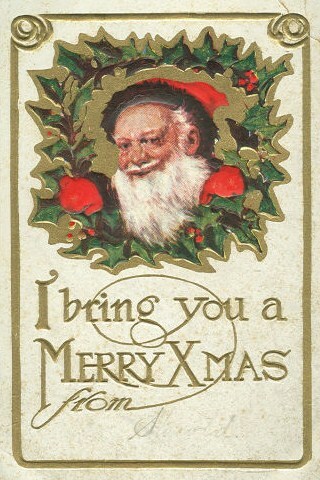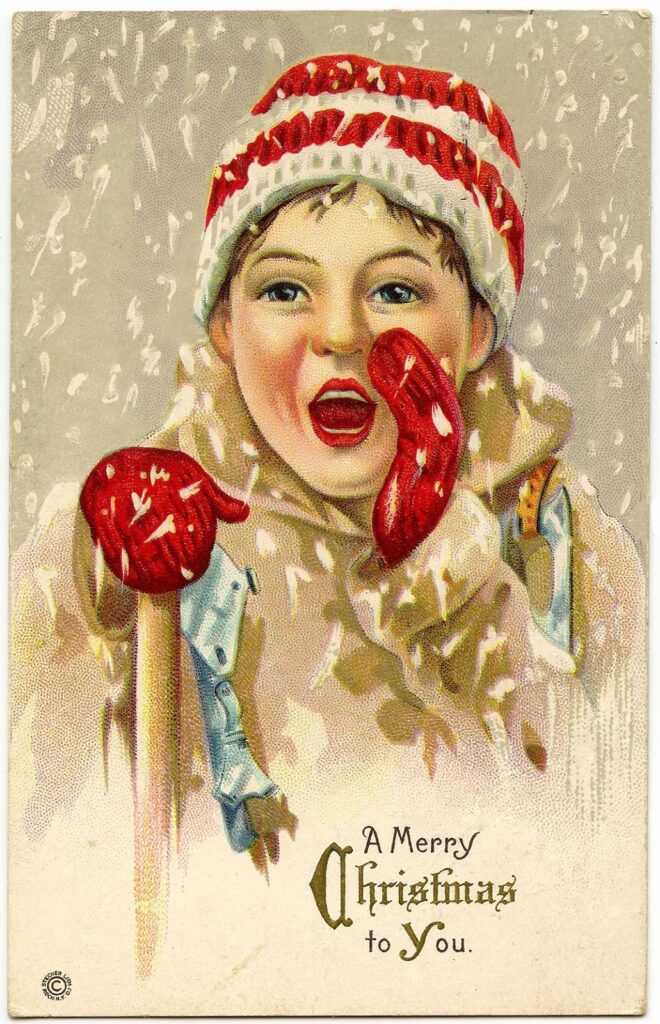As December dawns upon us, with its crisp air and festive ambiance, minds are inevitably drawn to the season’s centerpiece: Christmas.
Amidst the bustling preparations and joyous festivities, a peculiar question often emerges: Who put the X in Christmas?
This seemingly innocuous inquiry carries with it layers of history, tradition, and linguistic evolution that merit exploration and elucidation.
Unveiling the Origins: Tracing the Journey of the “X”
- Early Etymological Roots: To unravel the mystery of the X in Christmas, one must journey back to the linguistic origins of the term. At its core lies the Greek word “Χριστός” (Christos), meaning “Christ.” This ancient word, imbued with religious significance, forms the foundation upon which the enigma of the X is built.

image: https://episkopisyrou.gr/o-christos-einai-paron-alla-einai-kai-o-erchomenos/
- Medieval Manuscripts and Abbreviations: The medieval era emerges as a pivotal juncture in the evolution of the X’s association with Christmas. Within the sacred confines of religious manuscripts, scribes utilized the letter “X” as an abbreviation for Christ. This shorthand notation, born out of practicality and reverence, served as a testament to the veneration of Christ within Christian communities.
- Linguistic Evolution: Over the centuries, the symbolic significance of the X transcended the confines of manuscripts, permeating into the vernacular and cultural fabric of society. Gradually, the abbreviation “X” became synonymous with Christ, paving the way for its incorporation into the term “Christmas.” Thus, the X in Christmas represents not a mere letter but a profound symbol of Christ’s presence within the holiday’s narrative.


Deciphering the Symbolism: Unveiling the Meaning Behind the “X”
- A Symbol of Christ: Contrary to misconceptions that perceive the X as a secularized rendition of Christmas, its true essence lies in its representation of Christ. Far from diluting the religious significance of the holiday, the X serves as a reverent homage to the central figure of Christianity.
- Historical Contextualization: Understanding the historical context surrounding the use of the X in Christmas is essential in dispelling misconceptions and illuminating its true significance. Far from being a modern innovation, the X boasts a rich heritage rooted in centuries-old tradition and linguistic adaptation.

Disentangling Misconceptions: Addressing Myths Surrounding “Xmas”
- Secularization vs. Religious Significance: One prevalent misconception suggests that “Xmas” epitomizes the secularization of Christmas, stripping away its religious connotations. However, historical evidence refutes this notion, affirming the religious roots of the term and its enduring connection to Christ.
- Linguistic Evolution vs. Disrespect: Critics often denounce the use of “Xmas” as disrespectful or irreverent, failing to grasp its historical and cultural significance. By delving into the linguistic evolution of the term, one can appreciate its nuanced connotations and the reverence it evokes.

Embracing Linguistic Adaptations: The Evolution of “Xmas” in Modern Discourse
- Convenience and Brevity: In contemporary discourse, “Xmas” has emerged as a convenient and efficient shorthand for Christmas. Its abbreviated form not only serves practical purposes but also encapsulates centuries of linguistic evolution and cultural resonance.
- Cultural Acceptance and Evolution: Despite initial resistance from purists and traditionalists, “Xmas” has gradually gained acceptance within mainstream culture. Its widespread usage reflects not a dismissal of tradition but an evolution thereof, encapsulating the dynamic nature of language and culture.

Respecting Tradition: Nurturing an Appreciation for the “X” Factor
- Cultural Heritage and Legacy: The X in Christmas embodies more than just a linguistic quirk; it encapsulates a profound cultural heritage and legacy. By honoring and respecting this tradition, we pay homage to the centuries of history and reverence that have shaped the holiday.
- Enhancing Celebration and Understanding: Embracing the X factor enriches our celebration of Christmas, infusing it with depth, meaning, and historical context. Rather than viewing it as a mere abbreviation, we recognize it as a symbol of Christ’s enduring presence within the holiday’s narrative.
Embracing the Enigma of the X
In conclusion, the X in Christmas represents a confluence of history, tradition, and linguistic evolution that transcends its seemingly simplistic appearance.
Far from being a mysterious force seeking to erase the religious significance of the holiday, it is a symbol deeply rooted in reverence and cultural heritage.
By unraveling its origins, deciphering its symbolism, and dispelling misconceptions, we gain a newfound appreciation for the enigmatic X and its integral role in the celebration of Christmas.
As we immerse ourselves in the joyous festivities of the season, let us not forget to embrace the X factor, honoring the rich tapestry of tradition and meaning it represents.






